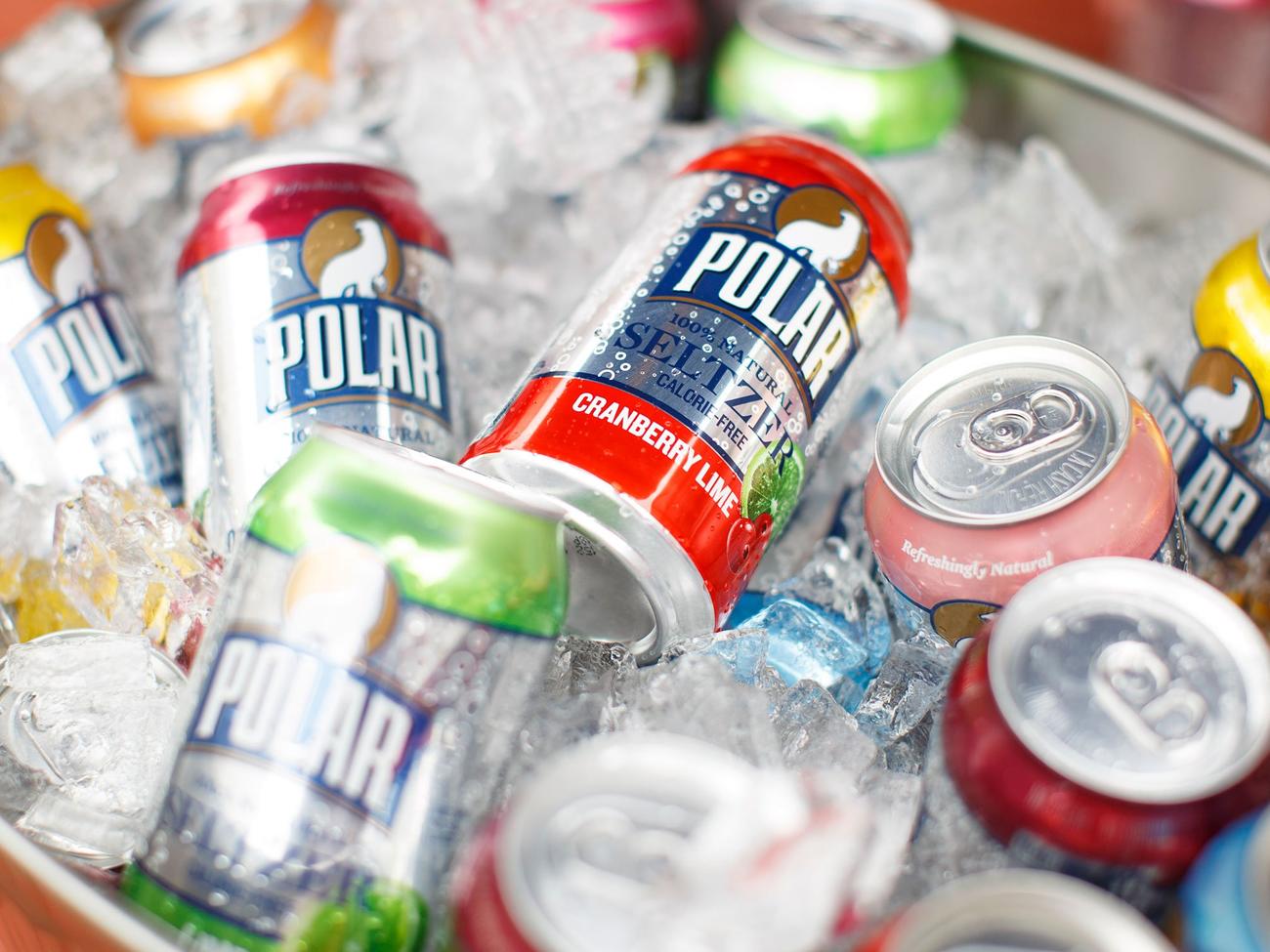
What’s the Difference Between Sparkling Water and Seltzer?

The rise of La Croix has heralded a new popular love for seltzer water—but if you look closely at the writing on a can of La Croix, you’ll see that it’s technically sparkling water, not seltzer. So what is the difference between sparkling water and seltzer and any other type of water with added carbonation that you might find in the supermarket? It turns out that these drinks—including soda water, club soda, and seltzer—are regulated by the US Food and Drug Administration as soft drinks, not bottled water. That means the legal definitions for each of these different categories is a little fuzzier than it is with bottled waters, but there do seem to be distinctions within the industry about what makes seltzer different from sparkling water.
The main difference between seltzer and sparkling water comes down to where the carbonation comes from. If the carbonation is artificial, it’s probably seltzer or club soda and regulated like a soda. If the bubbles are naturally occurring, straight from the source, it’s sparkling water. That’s why, somewhat confusingly, sparkling bottled water is bottled water, not soda, according to the FDA.
But that’s because sparkling bottled water and sparkling mineral water have naturally occurring carbonation or, at least, been processed to have the same amount of carbonation as it did at the source. If this is still hard to wrap your mind around, think of Perrier or San Pellegrino; both of those are sparkling mineral waters, so the bubbles are smaller and finer and the carbonation is naturally occurring.
Seltzer and club soda are both examples of what’s functionally artificial mineral water. But that’s not some kind of new-fangled process. People have been trying to make artificially carbonated water, to replicate the naturally occurring bubbles in mineral waters, since the 18th century. The difference between these two types of water really comes down to whether or not there’s salt in the water. “Not like table salt, typically it’s a bicarbonate, almost like a baking soda,” explained Dave Arnold, author of Liquid Intelligence, to Lucky Peach, about the difference between club soda and seltzer. “There’s a range of different salts they can add, and theoretically it pushes it closer to a mineral water/sparkling water kind of a situation than to a seltzer-water situation.“
In general, club soda will have that bicarbonate salt added, to give it finer bubbles, along with a bit of a mineral-y taste. Seltzer water is just pure water that’s been pumped full of bubbles. This is why seltzer is often flavored; otherwise, it would taste kind of bland.
If it’s any consolation, this confusion about the difference between seltzer and sparkling water, one that was pointed out by the New York Times back in 1986. Really, the best way to navigate the differences is to read the ingredient label to see what’s in the sparkling water you’re about to drink—and once you find a fizz you like, stick to it.
